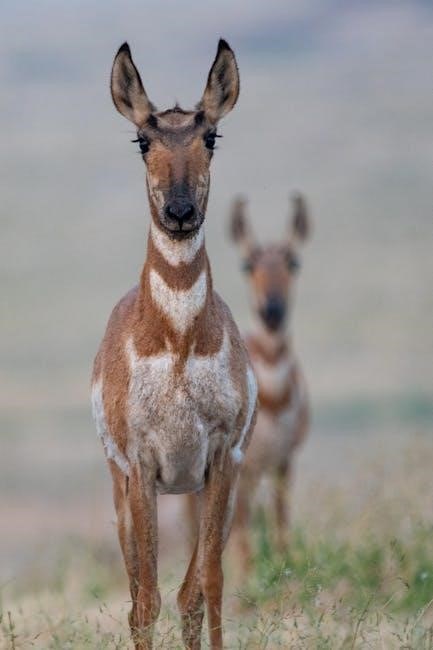Guided Antelope Hunts: An Overview
Guided antelope hunts offer hunters a structured and supported experience. These hunts often include expert guidance, transportation, and assistance with game care.
What to Expect on a Guided Antelope Hunt
On a guided antelope hunt, anticipate expert assistance with locating and stalking pronghorn. Guides often have extensive knowledge of the hunting area, increasing your chances of success. Expect transportation to and from hunting locations, along with support in field dressing and transporting harvested animals. Furthermore, expect guidance on shot placement and ethical hunting practices. Be prepared for potentially long days afield and varying terrain. The guide will also help you comply with hunting regulations and license requirements.
Locations for Guided Antelope Hunts
Prime locations for guided antelope hunts include Wyoming, Colorado, and states across the American West. These regions offer diverse landscapes and healthy antelope populations, ensuring quality hunting experiences.
Wyoming Antelope Hunts
Wyoming is a premier destination for guided antelope hunts, renowned for its abundant pronghorn populations and vast open landscapes. Outfitters in Wyoming offer various hunt packages, often on public and private lands, catering to different skill levels and preferences. Hunters can expect experienced guides, comfortable lodging options, and opportunities to harvest trophy-quality antelope. Many areas require preference points, and hunts are available from lodges or motels, with options for both rifle and archery enthusiasts.
Colorado Antelope Hunts
Colorado provides diverse opportunities for guided antelope hunts, with varying terrain and antelope densities across the state. Outfitters offer hunts on both public and private lands, focusing on fair chase practices. Hunters can anticipate knowledgeable guides, assistance with trophy care, and different accommodation options. Colorado antelope hunts appeal to hunters seeking a challenging and rewarding experience with the chance to harvest a mature buck. Hunt packages often include meals and lodging at comfortable facilities.
Arizona, New Mexico, Utah, and Nevada Antelope Hunts
These southwestern states offer unique antelope hunting experiences, with different landscapes and hunting regulations. Guided hunts in Arizona, New Mexico, Utah, and Nevada provide hunters with local expertise and increased opportunities. Outfitters specialize in navigating the diverse terrain and understanding local game patterns. These hunts can be full-service, with lodging and meals included, or semi-guided, allowing for a more independent experience. Hunters should research specific tag requirements and season dates.
Pricing and Packages
Guided antelope hunt pricing varies widely based on several factors. Packages can range from basic guide service to fully inclusive experiences with lodging and meals.
Typical Cost Ranges for Guided Antelope Hunts
Guided antelope hunts generally range from $2,000 to $4,000, although this can vary widely. Factors influencing the cost include the hunt’s duration, the level of service provided, and the quality of accommodations. Some hunts are more budget-friendly semi-guided options. Full-service hunts, including meals and lodging, typically command higher prices. Additional costs, such as license fees and trophy fees, should also be considered.
Factors Influencing Hunt Prices (Hunt Length, Accommodation)
Several factors impact the overall price of a guided antelope hunt. Hunt length significantly affects the cost, with longer hunts naturally being more expensive. The type of accommodation offered also plays a crucial role; options range from basic bunkhouses to comfortable lodges, each with varying price points. The inclusion of meals and other amenities will also affect hunt costs.
Hunt Details and Expectations
Understanding hunt details is essential. This includes typical shot distances for rifle and archery hunts. Also, you must consider the hunter-to-guide ratio to ensure adequate support.
Shot Distances for Rifle and Archery Hunts
During rifle-guided antelope hunts, hunters should expect to make an average shot of around 250 yards, but proficiency up to 300 yards is advisable. For guided archery hunts, the average shot typically falls between 20 to 30 yards. Archers should be adept at distances up to 40 yards for optimal results. These distances may vary based on terrain and hunting style, but preparation is key. Success depends on practiced shooting skills within these ranges.
Hunter-Guide Ratio
Guided antelope hunts typically feature a hunter-to-guide ratio of 3×1 or 2×1, ensuring personalized attention. A 1×1 guided hunt is sometimes available for an additional fee, offering more individualized support. The ratio impacts the level of assistance and supervision provided during the hunt. Smaller ratios allow for more direct guidance, while larger ratios may require more independence. The chosen ratio should align with the hunter’s experience and desired level of support for a successful hunt.
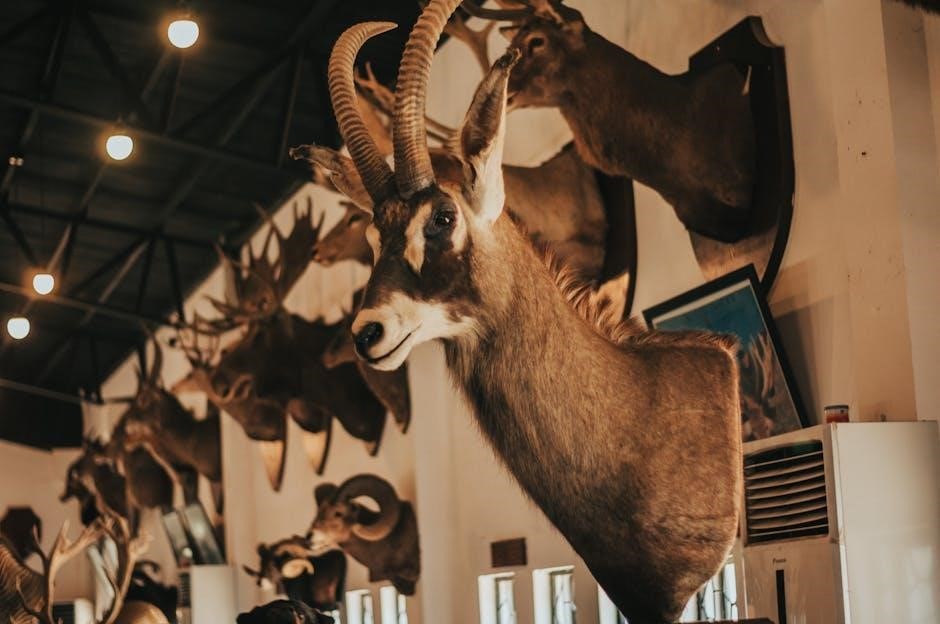
What’s Included in a Guided Hunt
Guided antelope hunts often include guide service, transportation during the hunt, lunches, and beverages. Some hunts also provide transportation to meat processors and taxidermists for convenience.
Guide Service and Transportation
Professional guide service is a cornerstone of guided antelope hunts. Experienced guides offer expertise in locating antelope, understanding their behavior, and providing valuable hunting strategies. Transportation is typically included, facilitating movement to and from hunting areas. This often involves vehicles suited for navigating diverse terrains; Airport transportation can also be arranged in some cases. Guides also assist with field dressing, ensuring proper handling of the harvested antelope.
Meals and Lodging Options
Guided antelope hunts often provide various meals and lodging options to suit different preferences and budgets. Full-service hunts typically include prepared meals, ranging from continental breakfasts to outdoor BBQ dinners. Lodging can vary from comfortable bunkhouses with a “homey” feel to motel accommodations. Some outfitters offer lodging in their own lodges. The inclusion of meals and lodging significantly enhances the overall hunting experience, allowing hunters to focus on the hunt.
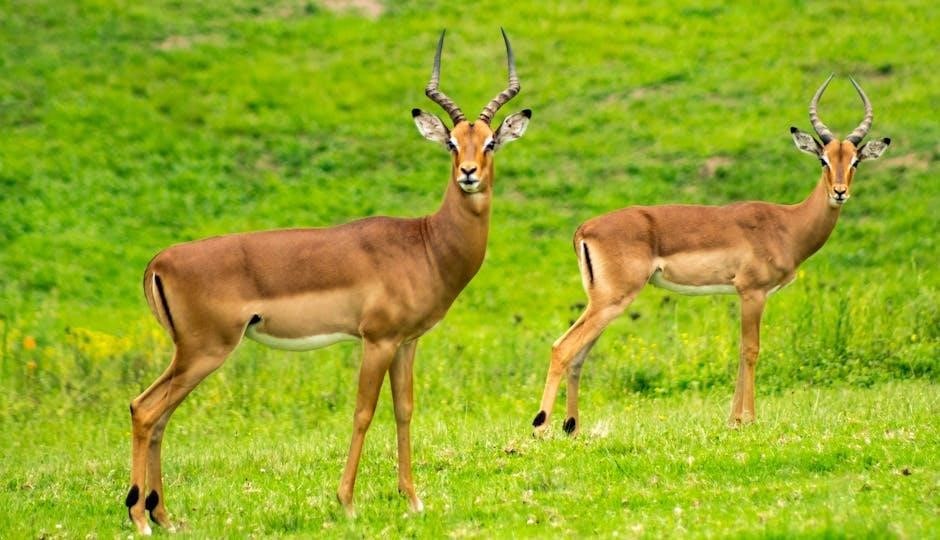
License and Permits
Obtaining the necessary licenses and permits is crucial for any guided antelope hunt. Out-of-state hunters must navigate specific regulations and application deadlines.
Out-of-State License Costs
Out-of-state license costs for antelope hunting can vary significantly depending on the state. For example, Wyoming’s antelope license might cost around $326. Hunters should budget for these fees. Some outfitters provide assistance with the application process. License fees are generally not included in the hunt package price. Hunters need to check regulations about land use fees.
Preference Points
Preference points play a role in securing antelope hunting licenses in some states. Acquiring points increases your chances of drawing a license. Some hunting areas require zero to eight points. Points can often be purchased annually. Outfitters may offer guidance on preference point systems. License points may be required. Preference points increase your chances of success.
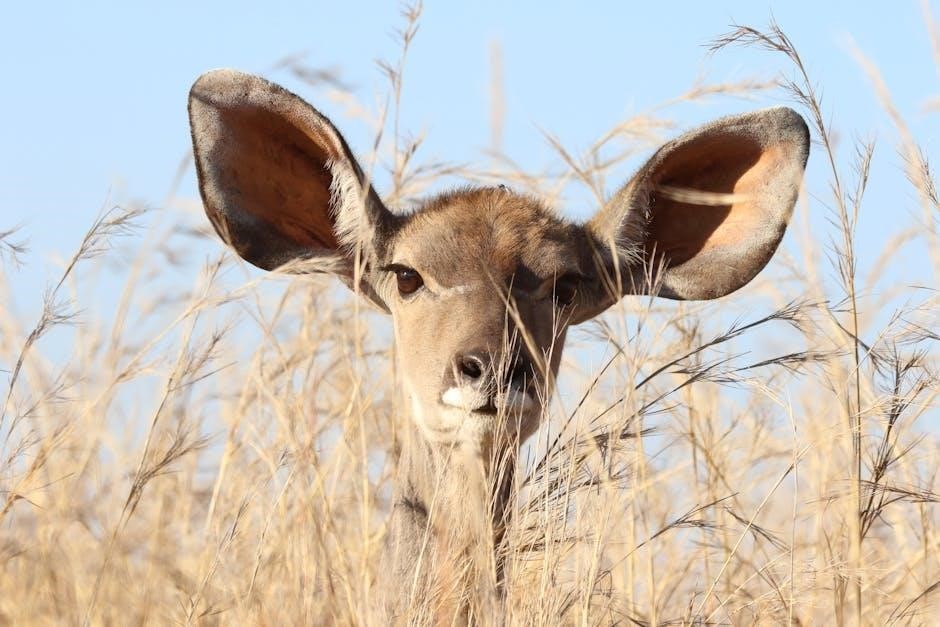
Booking and Additional Costs
Booking requires a deposit, with payment schedules varying. Additional costs may arise for non-hunters or extra animals harvested. Be sure to clarify all potential fees upfront.
Deposit and Payment Schedules
Securing your guided antelope hunt often requires an initial deposit. Payment schedules then vary, with some outfitters requesting full payment well in advance. Others might allow partial payments closer to the hunt date. Understanding these timelines is crucial. Be sure to inquire about cancellation policies and refund possibilities. Also, confirm acceptable payment methods, which could include checks, credit cards, or wire transfers. Thoroughly reviewing the payment terms ensures a smooth booking process and avoids unexpected financial obligations.
Additional Fees (Non-Hunters, Extra Animals)
Guided antelope hunts may incur extra costs beyond the base price. Non-hunting companions often require a daily fee to cover meals and lodging. Successfully harvesting additional animals, if permitted, will also result in a kill fee. Airport transportation might have an additional charge as well. Understand that these fees should be clarified before booking. Be sure to inquire about any potential costs, such as taxes or public land usage fees, ensuring transparency and preventing budgetary surprises during your hunting trip.
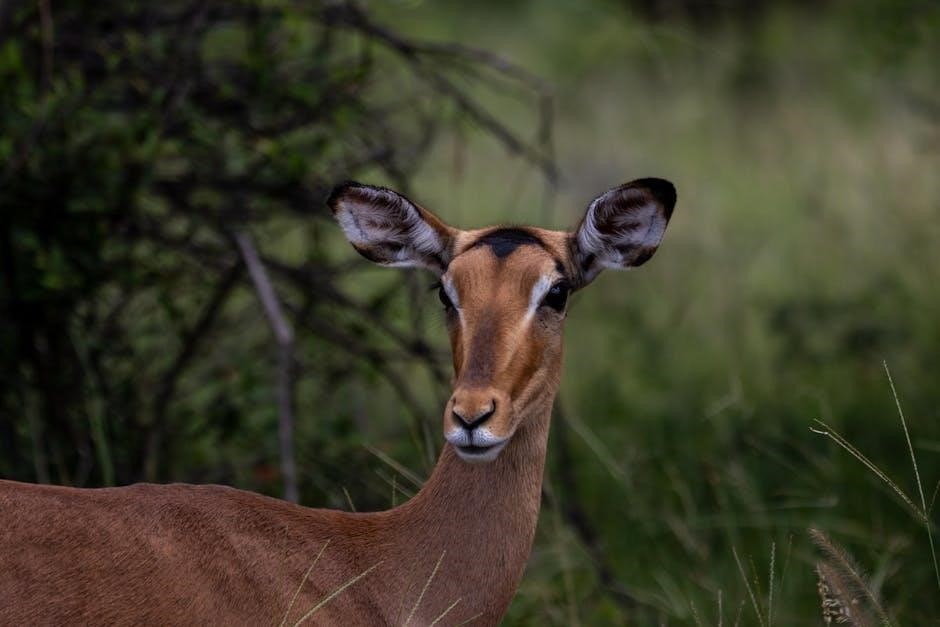
Types of Guided Hunts
Guided antelope hunts vary, including full-service options with comprehensive support and semi-guided DIY hunts, providing more independence. Each type caters to different preferences and experience levels.
Full Service Hunts
Full-service guided antelope hunts provide a comprehensive hunting experience, including meals, lodging, and expert guide service. These hunts often encompass game care to ensure proper handling of the harvested antelope. Some outfitters offer upgrades to one-on-one guide service for an additional cost. These hunts typically span three days and take place during peak hunting seasons in late August and mid-September, maximizing the hunter’s opportunity for success. Full-service hunts are the best option for beginner hunters!
Semi-Guided DIY Hunts
Semi-guided DIY antelope hunts offer a blend of guided support and independent hunting. These hunts typically include lodging and some level of guidance, allowing hunters to explore and hunt independently. This option can be attractive to experienced hunters seeking a balance between support and autonomy. In this type of hunt the guide gives you useful information, but the hunt is completely yours.
